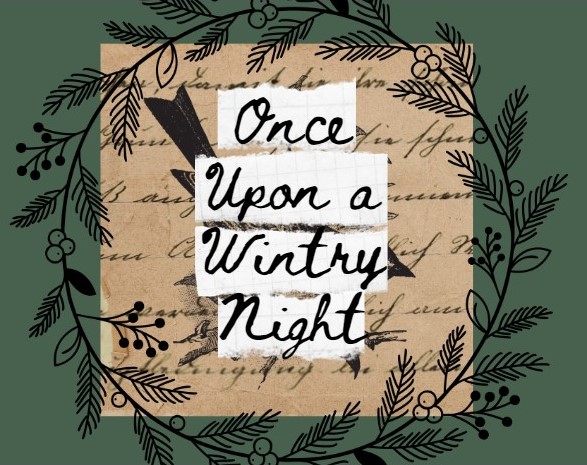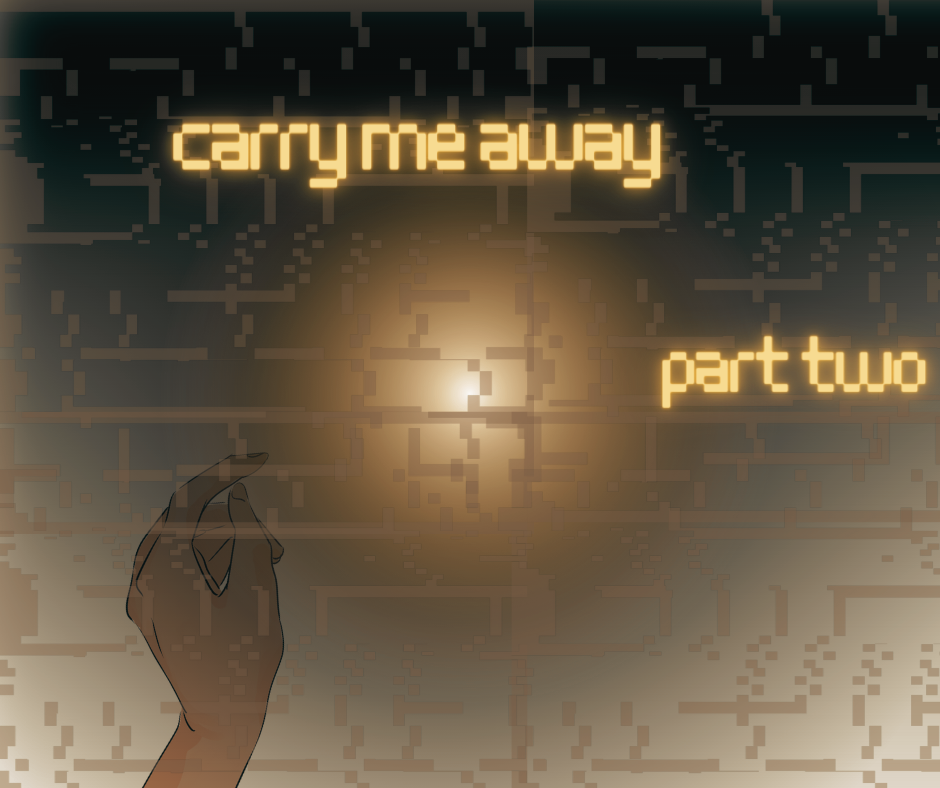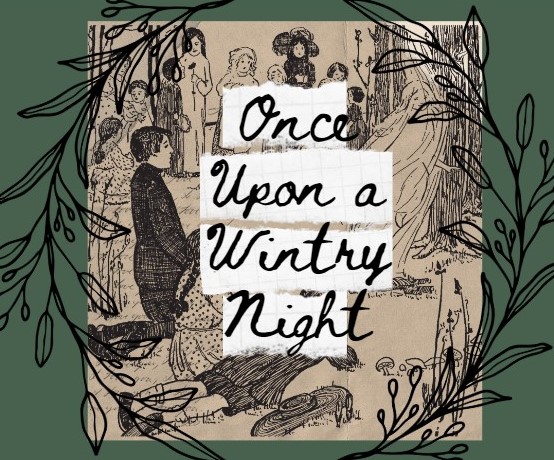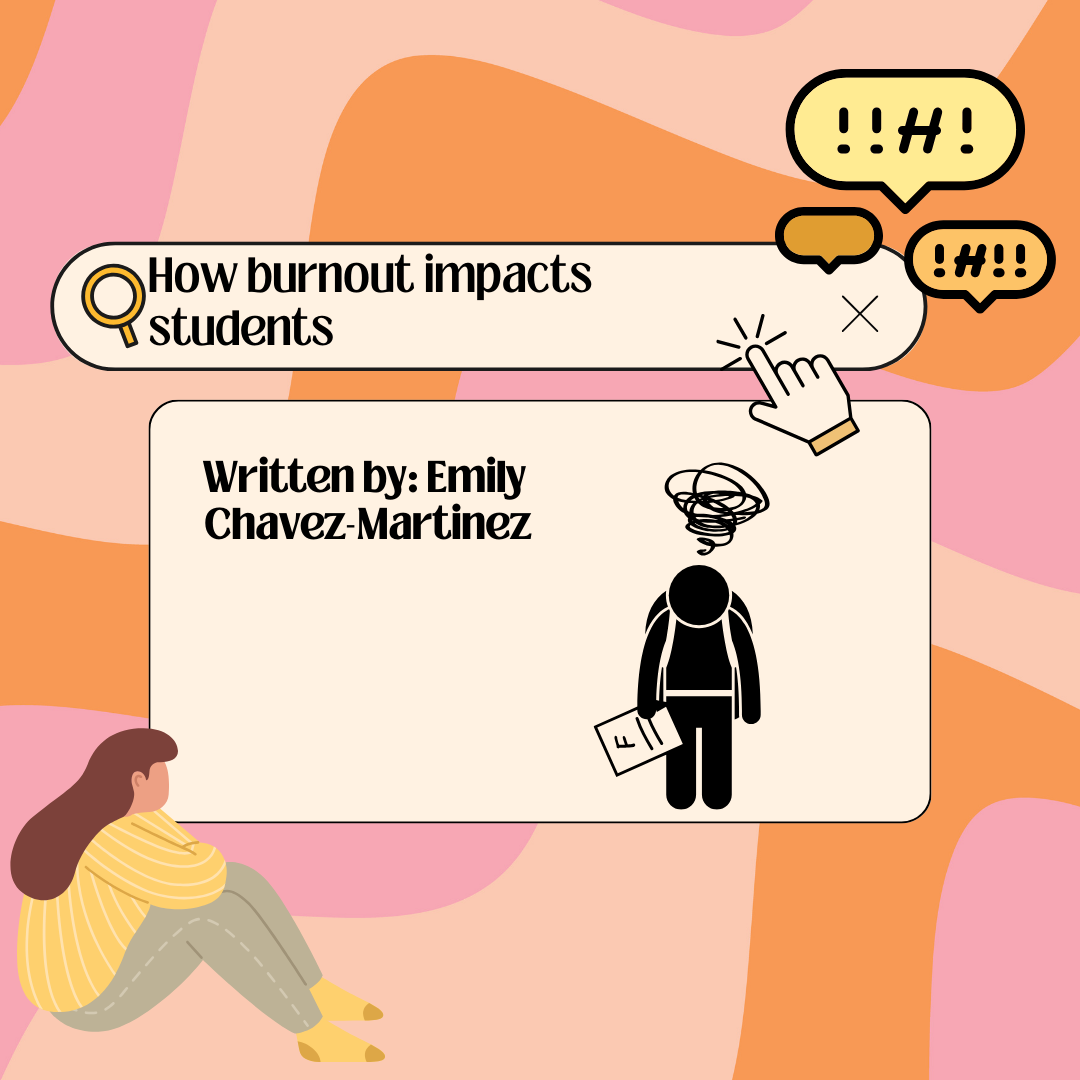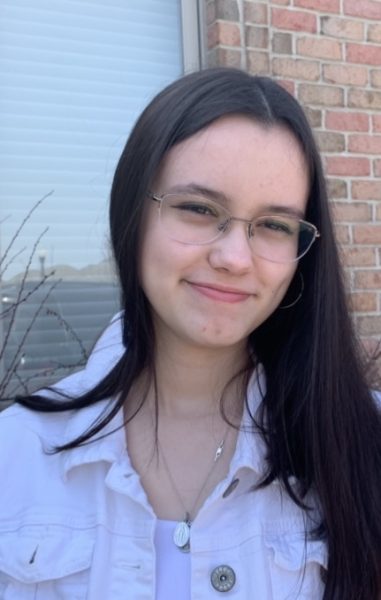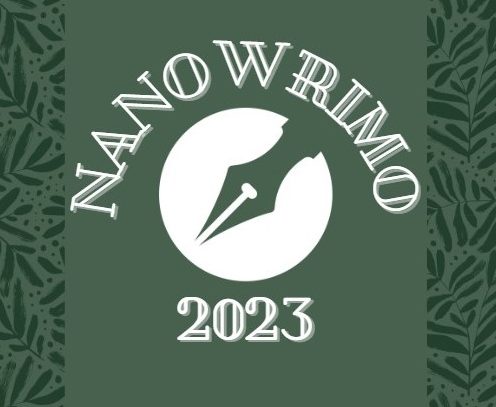
At the beginning of November, Mrs. Sobota’s creative writing class took on the National Novel Writing Month challenge, better known as NaNoWriMo. The goal was to write 50 thousand words of a novel, though based on time constraints Mrs. Sobota only had her students reach 30 thousand. Featured in this article are also book covers designed by the novelists.
Want to read the original article? Click here.
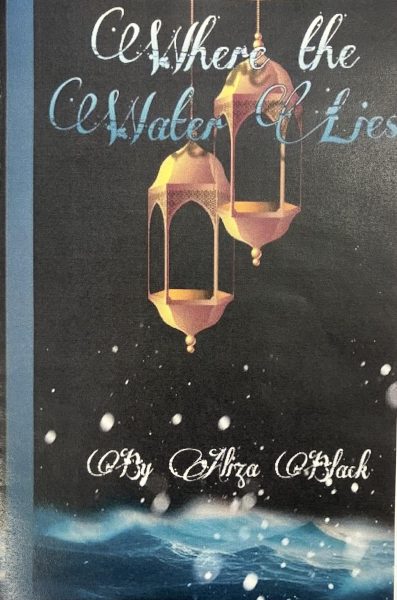
Since it’s easy to get caught up win world building and details, not getting into head with certain stuff was key for Aliza Black. Working through those little details took time, and though the story is still incomplete, she knows the general idea of how it’ll go. Though she started with little more than vague notions of the plot, the general concept hasn’t changed much since the start of the month.
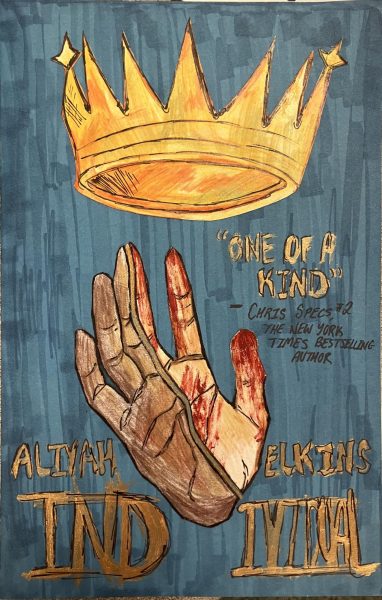
For Aliyah Elkins, the challenge went better than expected. For one thing, she actually reached the expected word count. Aliyah didn’t think she’d finish, but now that it’s past her, she felt fulfilled with having completed her novel. Middle school her would have never believed it that she’d one day write full length novels, never mind the fact that they would be so good.
Jumping between scenes made the process flow a little better, especially since Aliyah found it hard to continue after reaching the half-way point. Finishing each chapter was also hard, yet she managed through it.
Jackson Carter started the challenge with his original novel idea, however later ended up switching to other things. In the end he reached the official word count, just not on the same project.
Since he wrote about the “backrooms”, a community created concept, there were risks. for instance, the fandom page Jackson used as reference was taken down. Thus, he had lack of canon to work with (canon simply refers to what the author or creator(s) officially established was fact.) Changing to other writing projects also stemmed from the fact that he lost original interest in his novel.
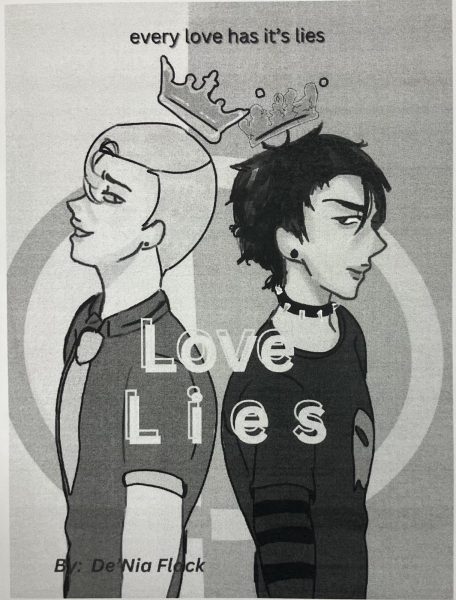
De-Nia Flack thought NaNoWriMo went well in the end. Reaching over 20 thousand words, piecing the thoughts and ideas together was the hardest part. She knew some of it, and relied on those ideas to keep the story flowing and the pages filled. The story itself changed quite a bit since what she expected at the beginning of the month. More details and emotion, for example, were incorporated.
To De-Nia, the great part of NaNoWriMo was that is let one expand creatively and (literally, in this case) explore a new world.
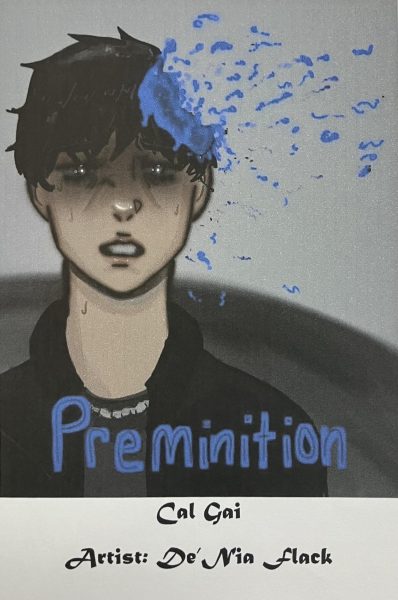
For Cal Gai it went alright, though they didn’t get the full word count in. Burn out was the biggest issue, since focusing on one story was all they were doing. That, along with getting bored with the novel because that is all one is working on. Pacing oneself is important, and key to getting the final thing done, as Cal found out. Despite the difficulties, the challenge was a good opportunity to strengthen writing skills. They found that is was also a good opportunity to developed themes and ideas, especially when they knew what the climax would be, but not the events leading up to it. That also goes for developing characters.
To anyone else attempting NaNoWriMo, don’t stress over word count. As Cal themselves said, those words still mean a lot, even if there aren’t many of them.
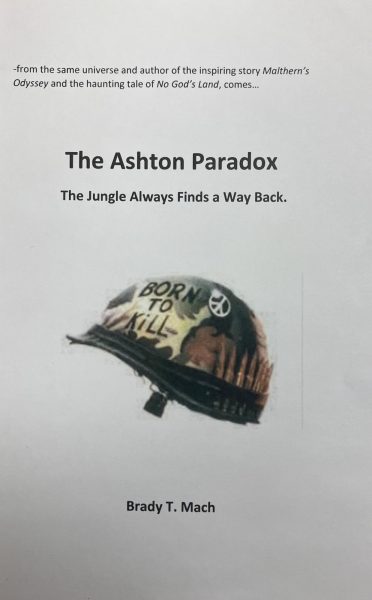
NaNoWriMo went alright for the most part for Brady Mach. He feels not all of his time may have been put to good use. The official challenge focuses more on quantity rather than quality. Brady focused on the opposite of that, so though he may not have gotten much written, he is happy with what he has. To him, having fun with the challenge was the most important part. It was an interesting experience, and something new and fun to try.
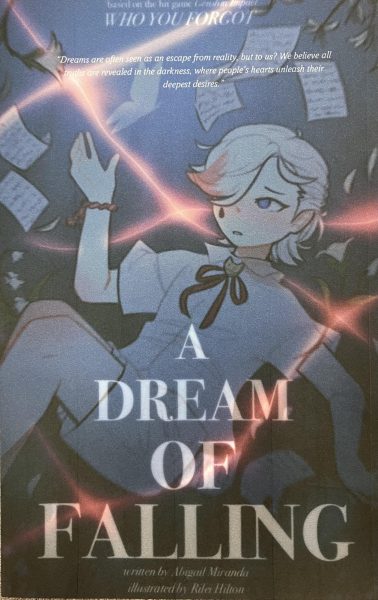
Abigail Miranda reached 43 thousand words at the end of the month, stopping just before reaching the official 50k. That came with the frustration of being unable to get certain scenes as in-depth as she would have wished them to be. The plot shifted from its original design; so did certain character arcs. However, Abigail is happy to have something to edit. The draft, though not perfect, finally exists. The writing process itself also allowed her to find out more about her characters, and figure out which way the plot should go. As she said herself, the progress one makes is the most rewarding part.
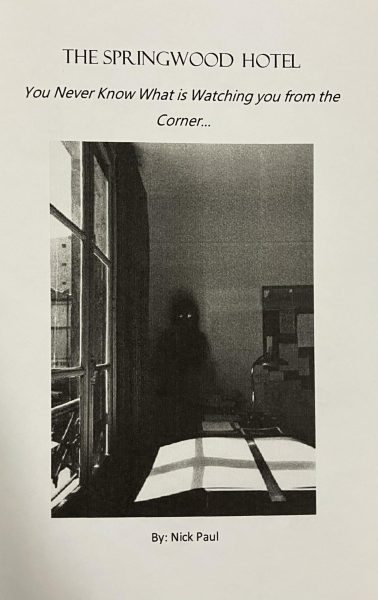
For Nick Paul challenge overall went well. Though the novel is finished, it took a lot of work to get there. Nick ended up hanging the main character, and the novel’s genre turned into more of a horror/romance story. She had to force herself to reach the end, but it ended up being a good experience. Plus, to her the NaNoWriMo challenge offered time to write and finish the novel.
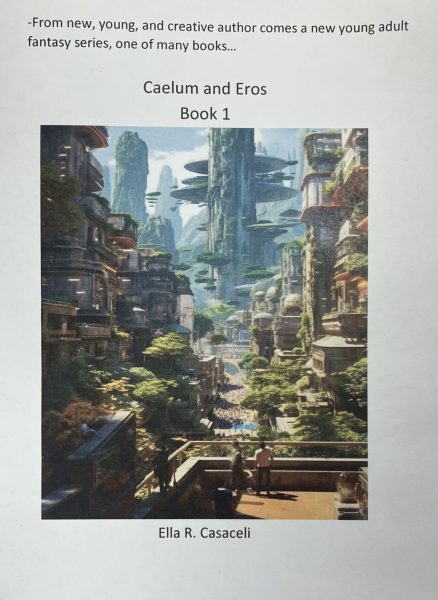
Ella Casaceli met the NaNoWriMo word count challenge (even if it meant finishing the about 5 thousand words on the last day). She found that reaching certain word goals each week meant to help one stay on track was the hardest part. Other school activities, homework, etc. most often got in the way, however she was always able to catch up. Setting times to write each day helped her the most.
The writing may have been dry at the beginning, and though she struggled with it, Ella plans on rewriting her story; this time with more detail and better quality. After all, what are multiple drafts for?
Whether one finished or not, the end of NaNoWriMo is something to celebrate. To have participated means one has attempted to sort out the mess of ideas in their head. Every one has stories within them, but only certain people attempt putting those ideas on paper. The end product is worth waiting for.

